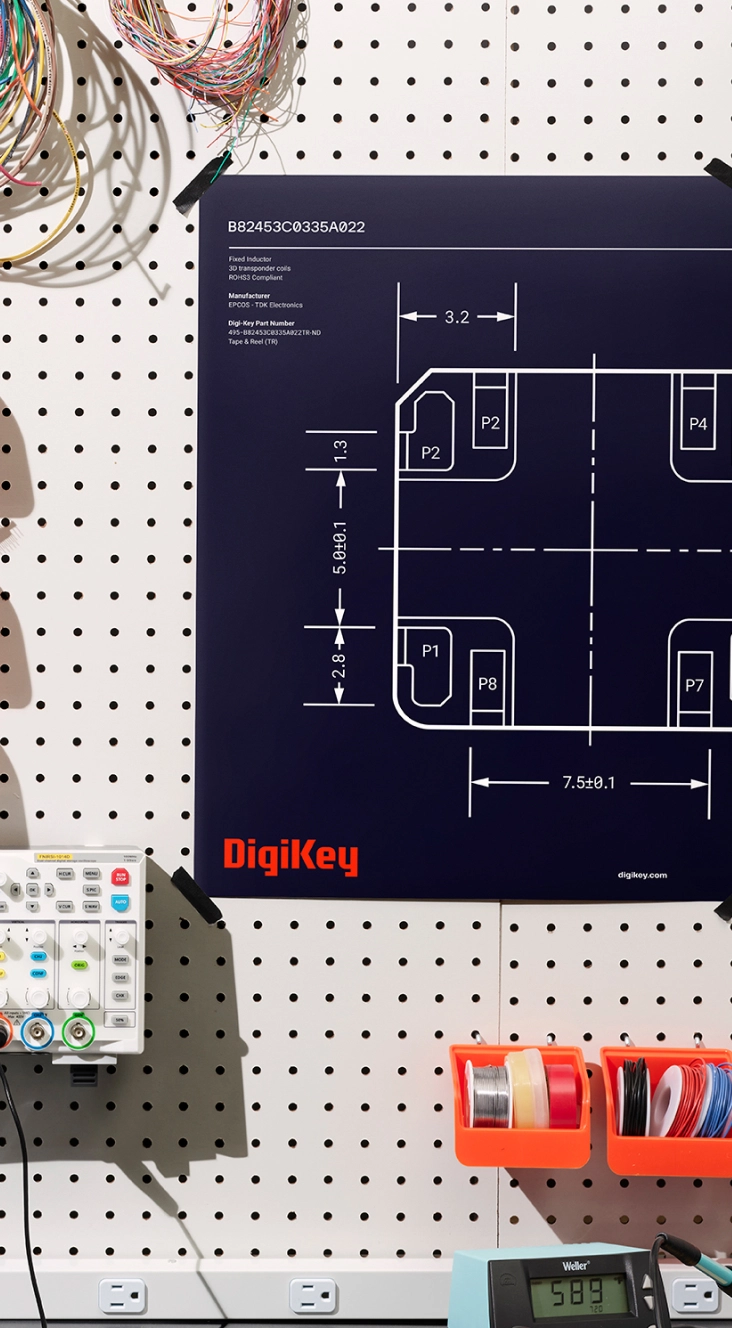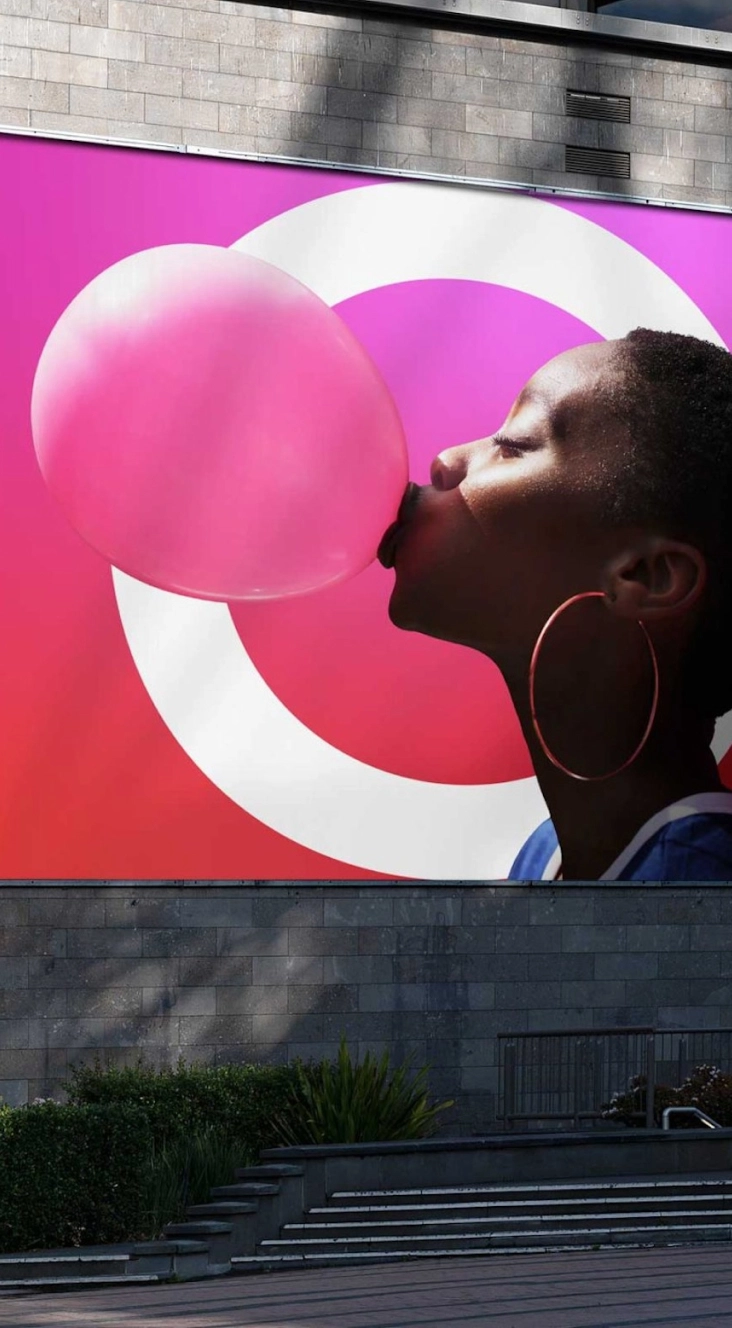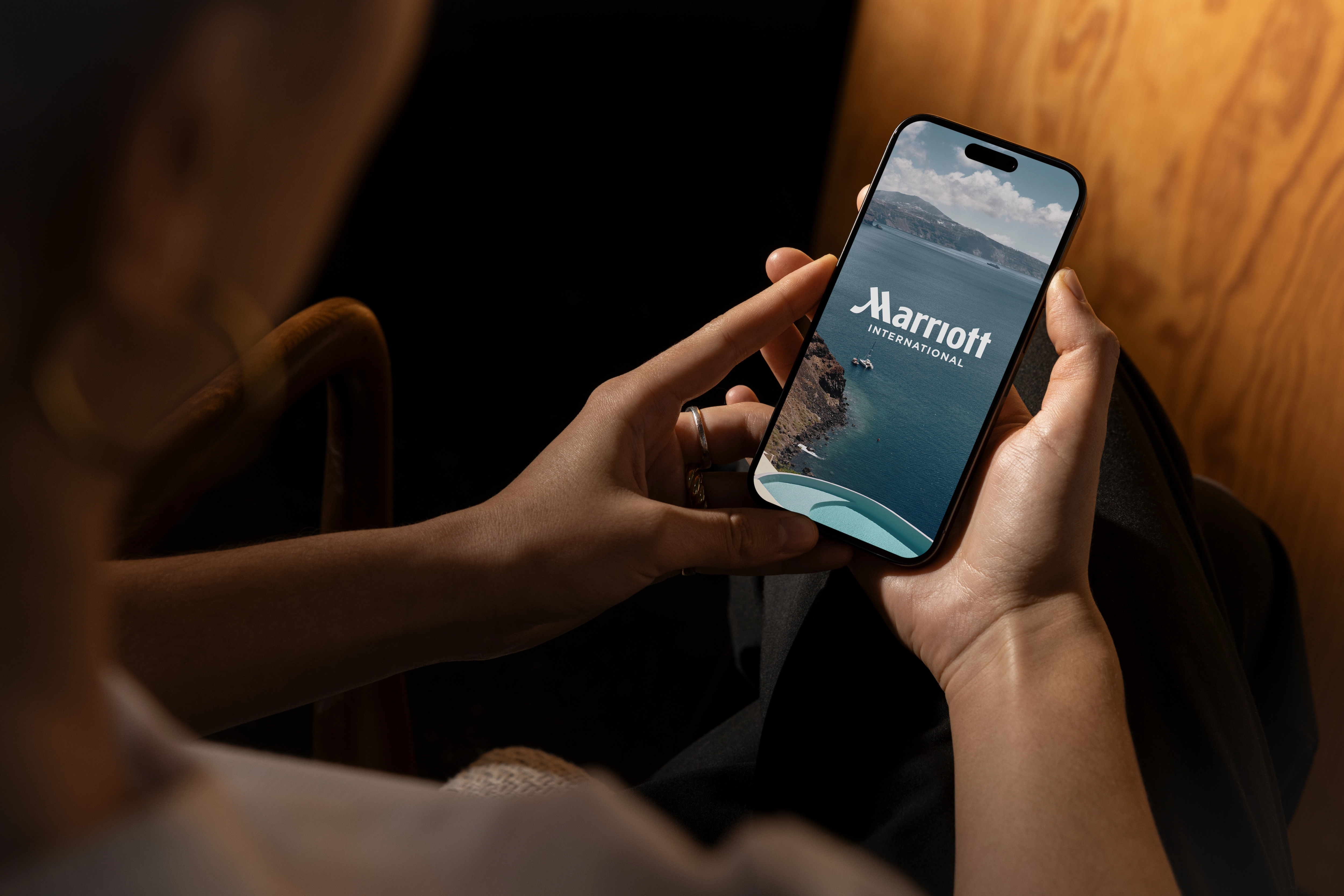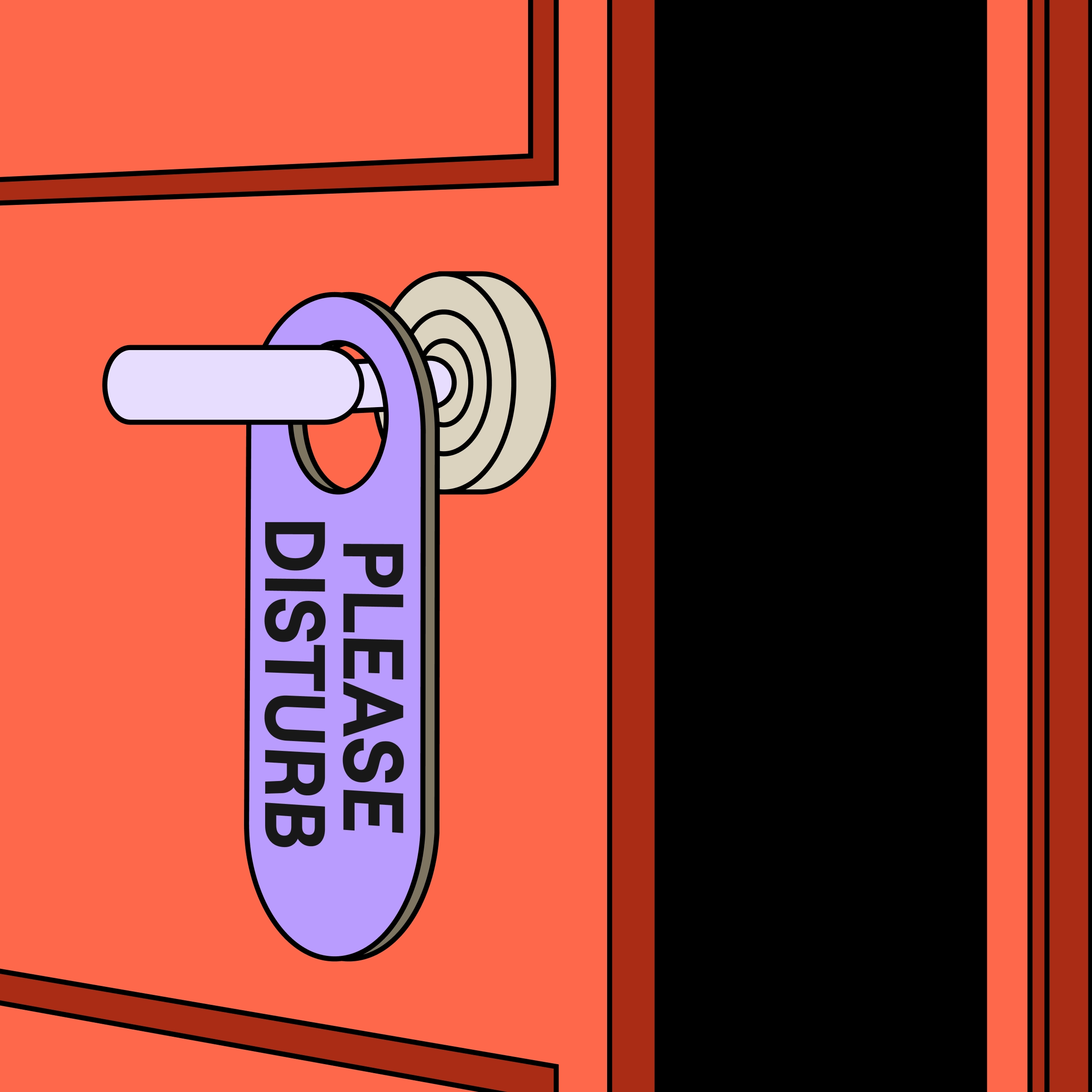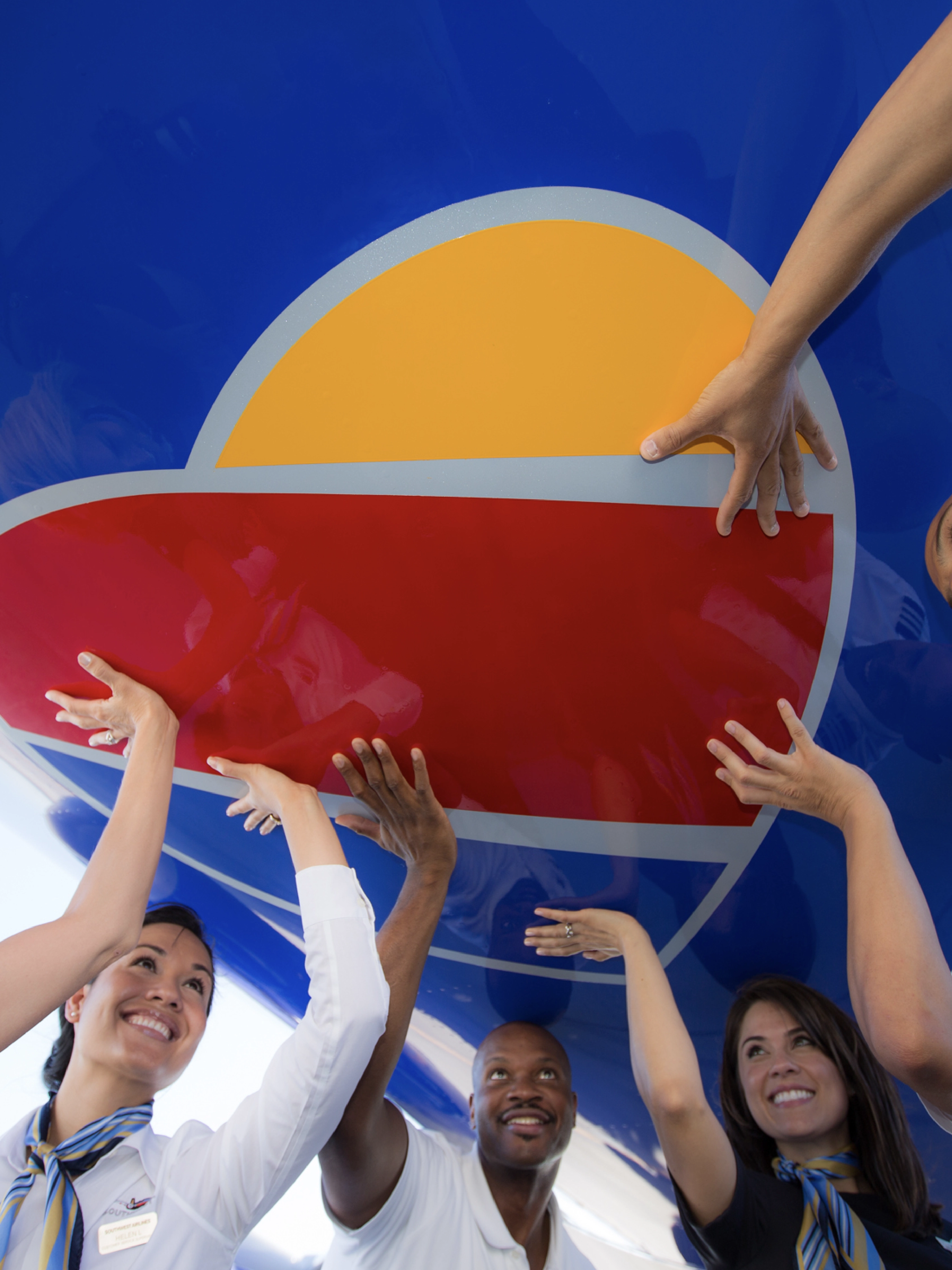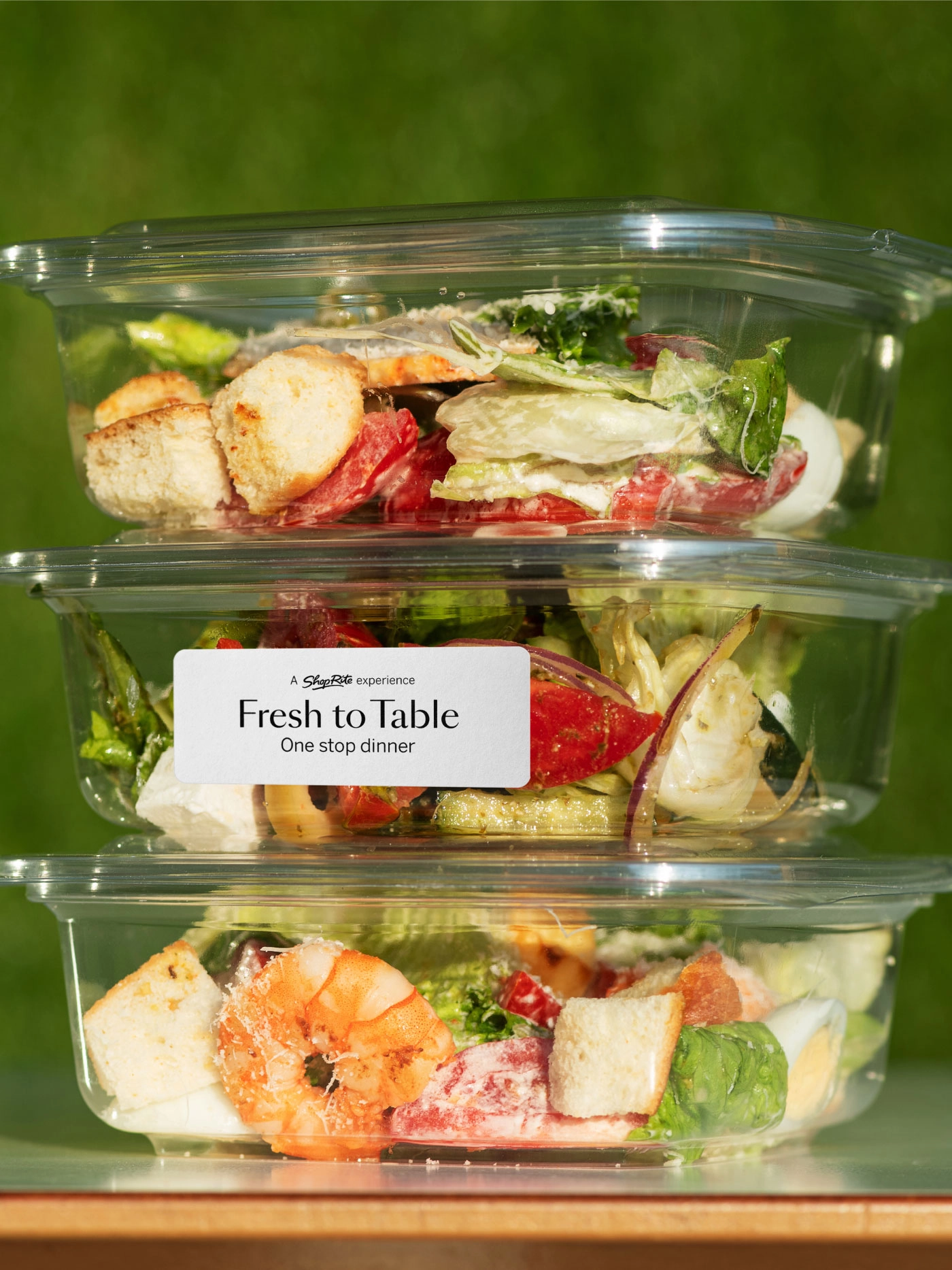Marriott

Navigating the hotel industry’s largest-ever consolidation
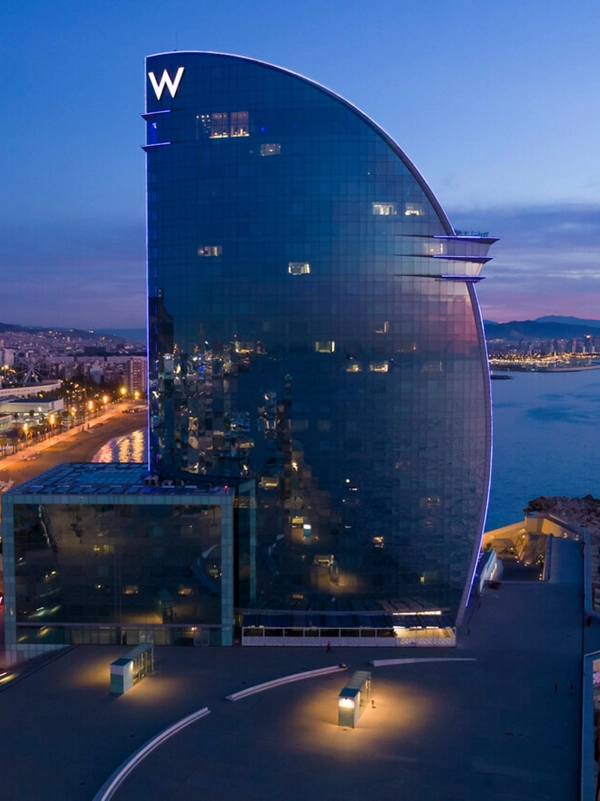
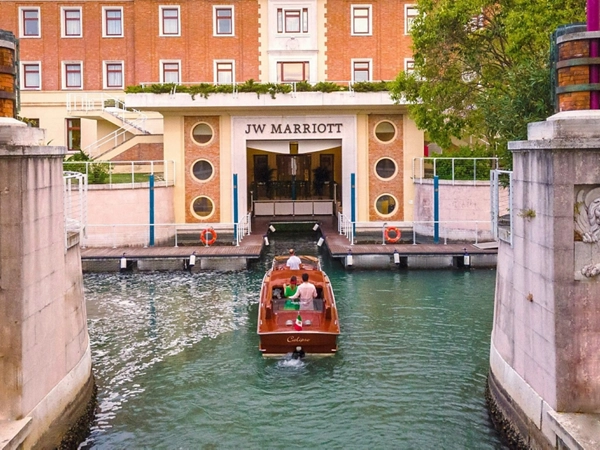
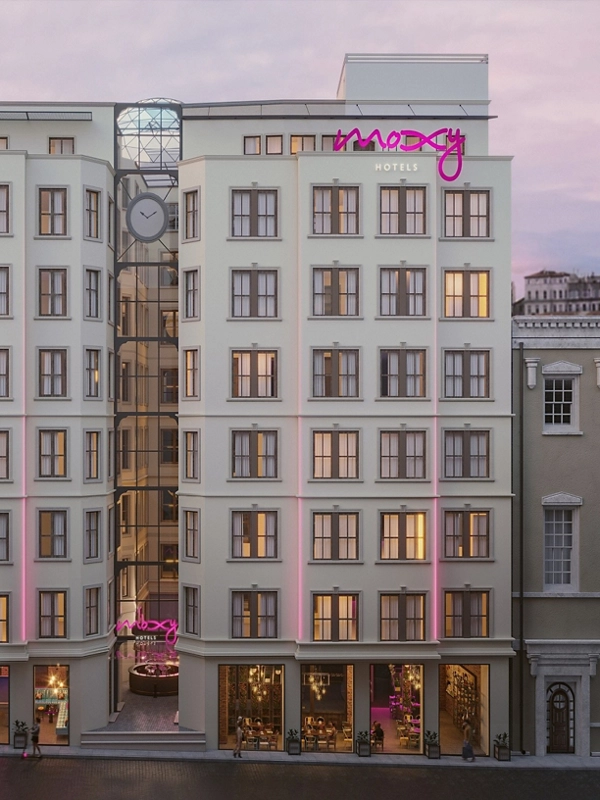
Fact: Differentiation in the highly competitive and constantly evolving hospitality industry is a big challenge for individual hotel brands.
This challenge becomes exponentially more difficult when, virtually overnight, you become the world’s largest hospitality company with the most diverse hotel brand portfolio. With the announcement of its successful merger with Starwood, Marriott International was faced with managing 5,700 properties spanning 30 individual hotel brands in over 110 countries, with more choices for guests than ever before. So, Marriott turned to Lippincott, with our experience in managing complex, large-scale mergers.
“We’ve got an ability to offer just that much more choice. A choice in locations, a choice in the kind of hotel, a choice in the amount a customer needs to spend.”
Working within a three-week time frame, we got to work building an intuitive architecture model to organize and categorize Marriott’s 30 hotel brands for customers. A core insight from neuroscience governed our work: People find it hard to handle more than seven items in any comparison. We developed several models and pressure tested them with consumer focus groups in six markets and a linguistic screen in 16 languages. Ultimately, we landed on an experience-led architecture system presenting the portfolio in a customer-friendly way.
We then redesigned Marriott’s corporate brand identity system relative to the expanded portfolio. The logo acts as an anchor for the combined company, maintaining its iconic quality while expressing a modern sensibility. We separated the name from the symbol so that both elements could be used more purposefully and with greater flexibility. The new design adapts effortlessly across digital devices and screen sizes, anchoring the corporate brand among its enhanced portfolio.
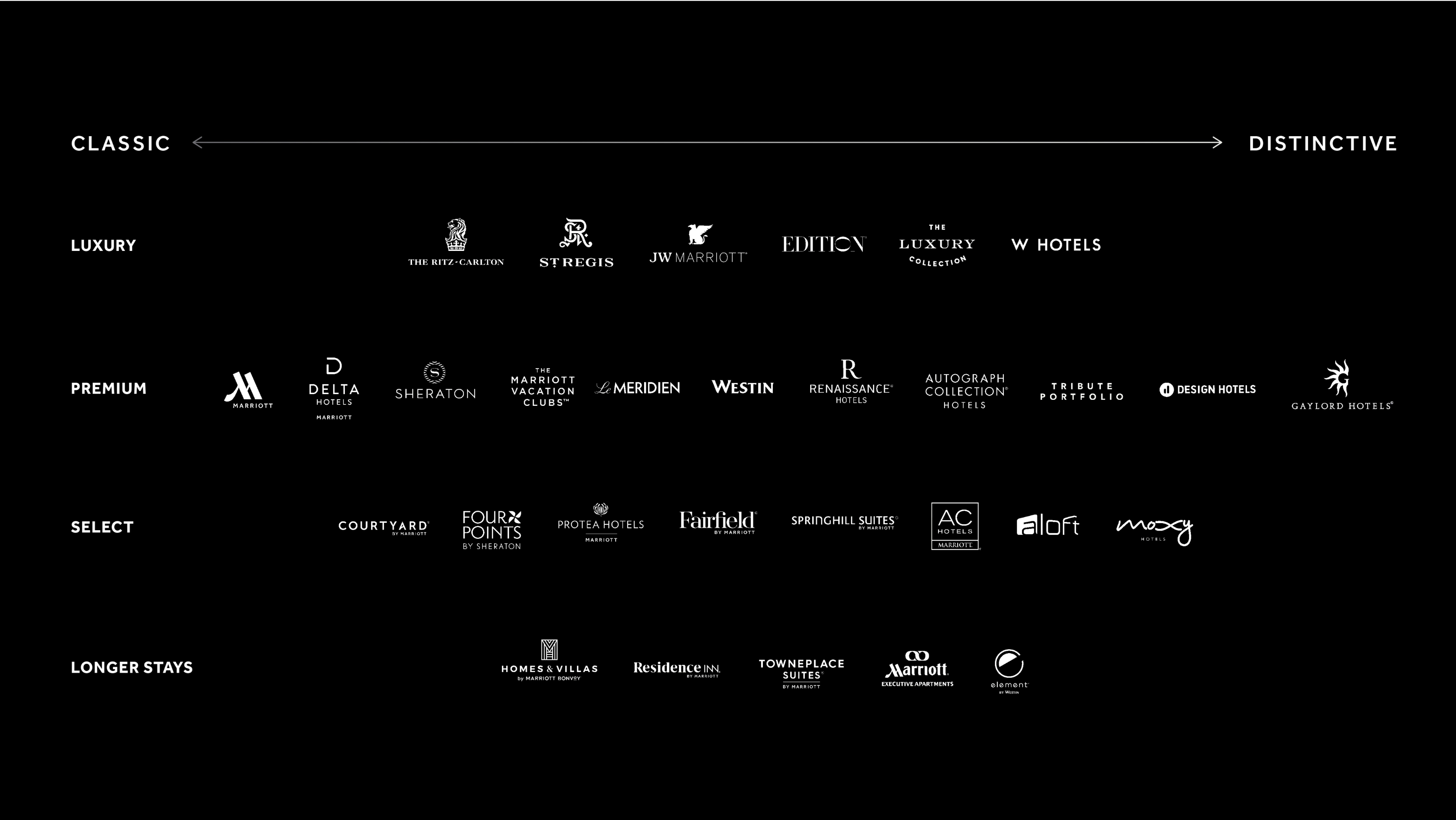
Lastly, to ensure the long-term success of the new marketing organization, we set out to define the roles and relationships of the different levels of global marketing at Marriott. Using an iterative, collaborative process to deeply engage teams across the global marketing organization, we cast aside the traditional marketing funnel and took a new approach to putting the guest at the center of all marketing efforts. We adapted and built upon Marriott’s existing multiple guest journey framework. After landing on a global view of the guest journey, we oriented all marketing around the guest and their needs at each stage of the journey. Throughout the process, we held collaborative workshops with teams in the U.S., Europe, Asia Pacific, the Middle East and Africa to pressure test and align on the strategy. Finally, we provided a cohesive global-marketing-strategy playbook detailing the guest-centered approach for each stage of the journey.
The new marketing strategy significantly changed the way that Marriott’s entire global marketing organization works and thinks, requiring greater coordination and collaboration. To support the new strategy, Marriott designed and implemented new teams, structures and processes across the organization. As part of this, our marketing strategy framework was used in Marriott’s annual marketing planning process as the lens through which to set and communicate the global team’s vision and strategic marketing priorities.


